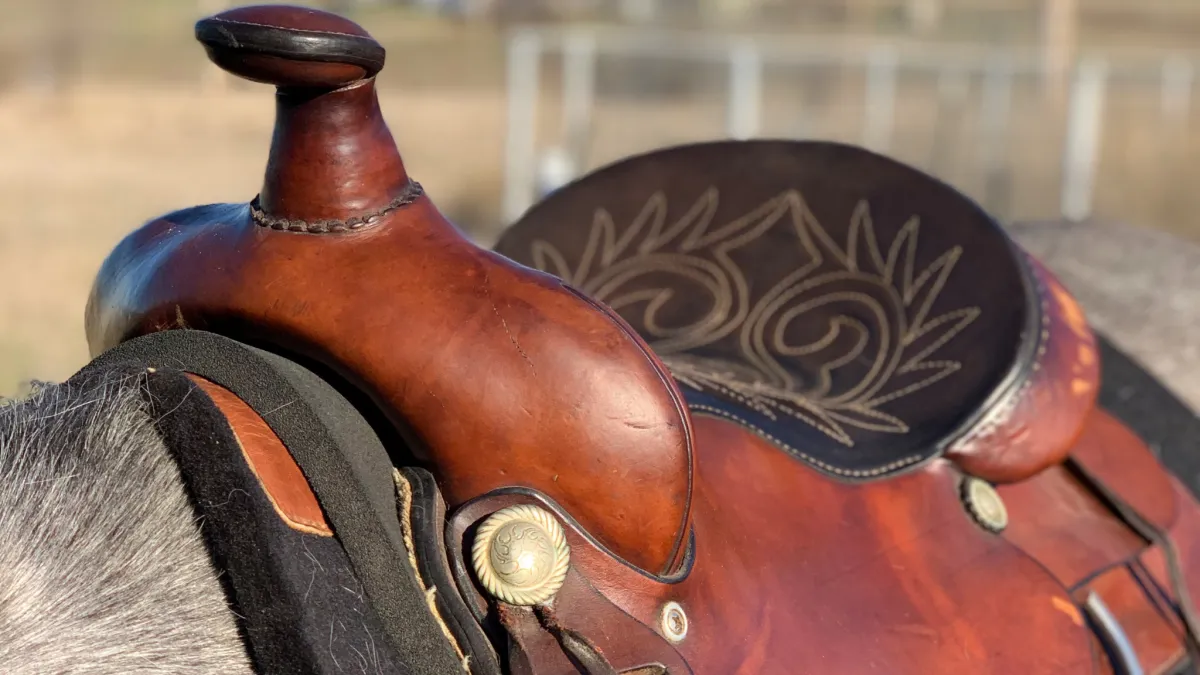
Individuality in Horsemanship
Individuality in Horsemanship
For a short time of my life, I was riding saddlebroncs at small little rodeos such as the nightly summer rodeo in Bryce Canyon at Ruby's Inn. Even though it was a very small rodeo, the Wrights would ride there as well as a form of practice, so there were some surprisingly good broncs as well as riders at that time (around 2013). With good broncs and riders, there was also plenty of good advice around if one was willing to ask for it, which most of us were. The advice I remember best are these two pieces of advice, and both of them serve me today just as well in the cowhorse industry, and I would say that they are true in every skillset.
1. You need a Coach.
All the great bronc riders are helped by a good coach. You need someone with a knowledgeable, watchful eye to tell you what you are doing and how you can improve. While you are in the saddle, it is simply impossible to know exactly what your body, as well as the horse's body, is doing. Things are simply moving too fast. Thus, you may believe with all your heart that you are lifting the rein, when in fact you are pulling. Or you may feel like you are marking out well with your feet, even though you are really far behind the shoulder; and there are hundreds of such variables that you will not be able to recognize on your own.
A good coach, however, is able to observe from a still point and at a perfect distance and is therefore able to tell you exactly where you went wrong and what you need to work on in order to improve. Being in the saddle is similar to being lost in the middle of a thickly wooded area, and the coach is like a man up in a hot air balloon. Rather than belittling the advice of the balloon man, the man on the ground would do well to heed his directions, otherwise he may end up lost in the woods for the rest of his life.
With making a good bridle horse and becoming a fine horseman, there are also thousands of variables that you will invariably overlook if you do not have sound, frequent help from a coach who has gone where you are trying to go and has trained the kind of horses you want to train.
2. You Need to Emulate a Winner
In my case, I was told to purchase the video, 'Born to Ride: Cody Wright and the Quest for a World Title.' The video is a documentary about Cody Wright, and his success as one of the world's greatest saddlebronc riders of all time. (Today his sons have the same distinction.) I was told to watch Cody Wright ride broncs over and over again, in slow motion and at regular speed, focusing one time on just his foot, another time on just his leg, and so on. When I was to practice riding broncs in any capacity, I was to picture exactly, down to minute detail, what Cody Wright does and mimic it- right down to his very facial expressions.
I'll admit, when I am training horses I do not go quite so far as to mimic any particular horseman's facial expressions- but the main point of that advice remains sound. You need to watch, in close detail, what the successful trainers are doing and emulate them as much as possible. I would even say that, at the beginning, the best thing you can do with ride primarily with just one or two horsemen and soak up everything you can from them until your method of training horses is exactly the same as theirs.
The title of this article is "Individuality in Horsemanship", so you may be asking yourself why I am advocating that you become a mere clone.
First, even if you are so closely mimicking another horseman, you will still develop your own unique style without even thinking about it. You do not need to put forth effort into coming up with a unique style- when it happens well, it happens naturally.
Second, so closely mimicking a successful horseman is simply a method that allows you to advance in your skills without having to go through years of trial and error. You already know that what you are doing works because it is exactly what -insert successful horseman name here- does and he has time and again proven that it it works. After several years, however, you will have naturally grown your knowledge base and your skillset to a point where you can easily recognize good and bad horsemanship and you will be able to pull your information from a wide variety of horseman across every field of discipline. You will also, at that point, be able to formulate your own ideas and methods that best suit your exact personality and circumstances.
In conclusion, I advocate both. First become as much of a clone as you can until you really know what you are doing; but once you have reached a certain point make sure you are not afraid to branch out and do what makes the most sense to you in your own program.

Contact US
klaybullet77@gmail.com
(435)-590-8428

